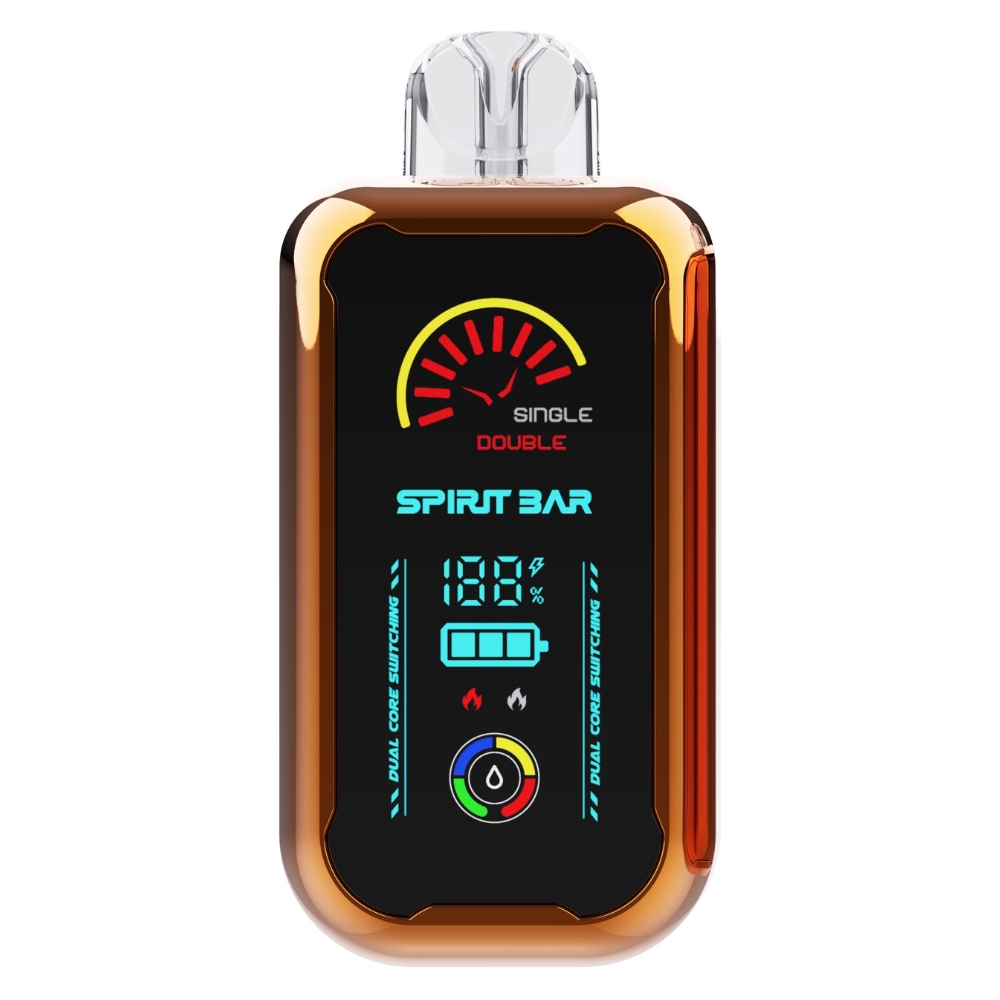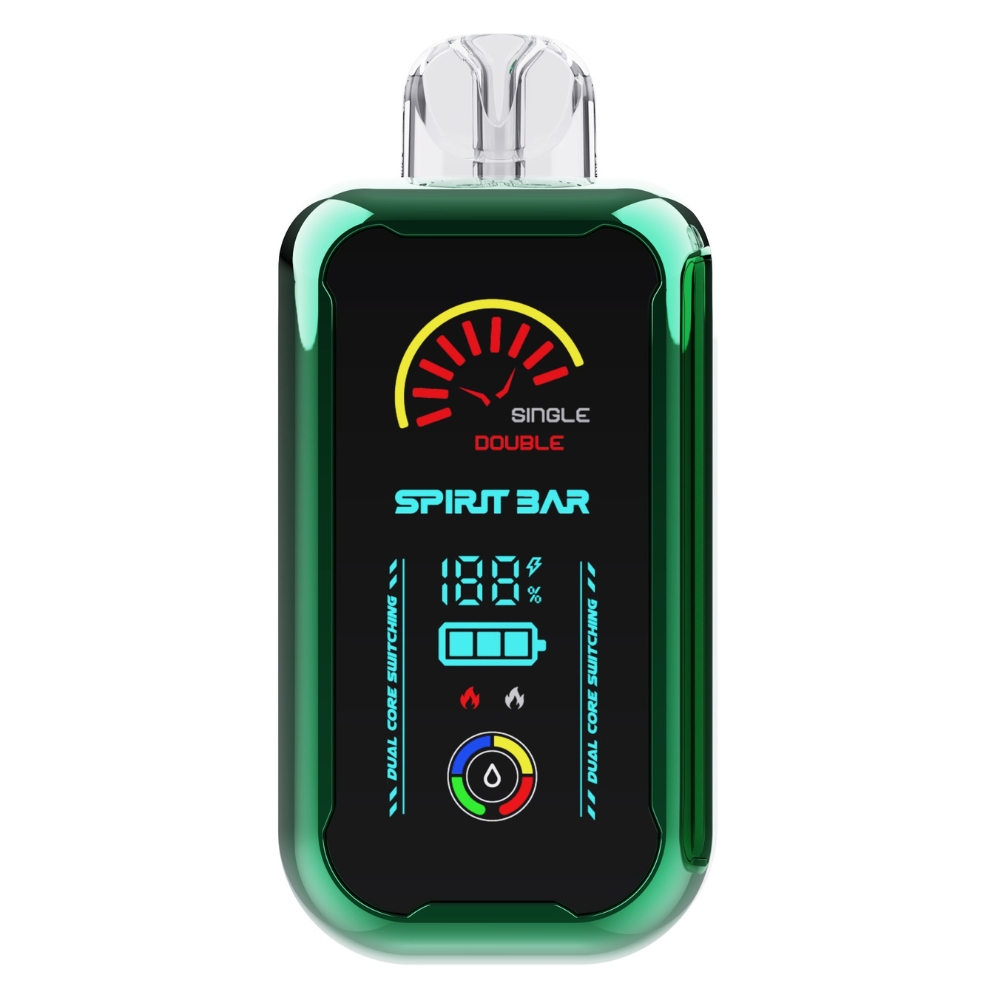Does Vaping in the House Linger? Here’s What You Need to Know
Do you enjoy vaping in the comfort of your own home? If so, you may be wondering if the vapor from your e-cigarette lingers in the air and leaves a noticeable smell. The answer is yes, vaping indoors can leave a lingering smell, but it is much less noticeable than the smell of traditional cigarettes.
According to a study, using vaping products inside the house may cause secondhand exposure to harmful vape aerosols. While vaping is much less harmful than smoking, it is not completely harmless. Over time, the residue from vaping can build up on surfaces and affect indoor air quality. However, the residue will only begin to show after a prolonged period of time and is easily cleaned off using a wet cloth.
If you want to enjoy your vape indoors without worrying about the lingering smell, there are several ways to minimize the impact. For example, you can open a window or use an air purifier to circulate the air. Additionally, you can clean hard surfaces with a damp cloth to remove any residue. By taking these simple steps, you can continue to enjoy vaping in the comfort of your own home without worrying about the lingering smell.
Understanding Vaping
https://www.youtube.com/watch?v=IaVaoja2Uk4&embed=true
Vaping has become increasingly popular in recent years, with many people turning to e-cigarettes as a supposed safer alternative to traditional cigarettes. However, vaping is still a relatively new trend, and there is much we still don’t know about the potential health risks associated with it. In this section, we’ll take a closer look at what vaping is and the components of vape smoke.
What is Vaping?
Vaping involves the use of an electronic cigarette or e-cigarette, which is a battery-operated device that heats up a liquid (commonly known as e-juice) and produces a vapor that is inhaled. E-cigarettes come in different shapes and sizes, and they work by heating up a liquid that contains nicotine, flavorings, and other chemicals. When you inhale the vapor, it delivers nicotine and other chemicals to your lungs, which are then absorbed into your bloodstream.
Components of Vape Smoke
Vape smoke is made up of a variety of chemicals, including nicotine, formaldehyde, acetaldehyde, and acrolein. The exact composition of vape smoke can vary depending on the type of e-cigarette and the specific e-juice being used. Some e-juices contain higher levels of nicotine, while others may contain other chemicals that are potentially harmful.
When you vape indoors, the aerosol produced by the e-cigarette can linger in the air for some time. This means that even if you’re not actively vaping, you may still be exposed to the chemicals in the aerosol. According to a 2021 study, using vaping products inside the house may cause secondhand exposure to harmful vape aerosols. The researchers found that using e-cigarettes indoors increases air pollution levels and can have negative effects on indoor air quality.
Overall, it’s important to be aware of the potential health risks associated with vaping, both for yourself and for those around you. While more research is needed to fully understand the long-term effects of vaping, it’s clear that the chemicals in vape smoke can have negative effects on your health.
Impact of Vaping Indoors
Vaping indoors has become increasingly popular, but it’s important to consider the potential impact it can have on your home and those around you. Here are a few things to keep in mind:
Vaping vs. Smoking Indoors
While vaping is often considered a safer alternative to smoking, it’s important to note that it can still have negative effects on indoor air quality. Secondhand vape aerosol can contain harmful chemicals, including nicotine, formaldehyde, and heavy metals. Inhaling these particles can lead to respiratory issues and other health concerns.
Unlike smoking, which produces visible smoke and odor, vaping can be harder to detect. However, just because you can’t see or smell it doesn’t mean it’s not there. Vaping indoors can leave behind a residue that can accumulate over time, potentially causing damage to surfaces and affecting air quality.
Chemical Residue from Vaping
When you vape indoors, the aerosol particles that are released can settle on surfaces throughout your home. Over time, this residue can build up and create a sticky film that can be difficult to clean. This residue can also attract dust and other particles, potentially exacerbating allergies or other respiratory issues.
In addition to the residue left behind by vaping, the chemicals in e-liquids can also have an impact on indoor air quality. Some studies have found that vaping can release volatile organic compounds (VOCs) into the air, which can contribute to indoor air pollution.
To minimize the impact of vaping indoors, it’s important to consider the potential risks and take steps to reduce exposure. This might include vaping in a well-ventilated area, using air purifiers or filters, and regularly cleaning surfaces to remove any residue. By taking these steps, you can help minimize the impact of vaping on your home and those around you.
Vape Smoke Persistence
Vape smoke is known for its unique properties that differentiate it from cigarette smoke. One of these properties is its persistence in the air. Vape smoke can linger in the air for a few minutes, even after the vaporizer has been turned off. This can be a concern for people who are sensitive to the smell or who want to maintain a clean indoor environment. In this section, we will look at the factors that affect vape smoke persistence and compare it to cigarette smoke.
Factors Affecting Vape Smoke Persistence
Several factors can affect how long vape smoke lingers in the air. These include:
-
Humidity: High humidity can cause vape smoke to linger longer in the air. This is because the water droplets in the air can trap the vape particles, causing them to remain suspended for longer periods.
-
Room size: The size of the room can also affect how long vape smoke persists. In smaller rooms, vape smoke will be more concentrated, and the particles will be more likely to linger in the air.
-
Ventilation: Good ventilation can help reduce vape smoke persistence. Proper ventilation helps to circulate the air and remove the vape particles from the room.
-
Type of device: The type of device used can also affect vape smoke persistence. Some devices produce more vapor than others, and this can affect how long the vape particles remain suspended in the air.
Comparative Study: Vape Smoke vs. Cigarette Smoke
Research has shown that cigarette smoke particles can linger in the air for upwards of 45 minutes, while the aerosol droplets from vape smoke can evaporate within seconds to a few minutes. However, it is important to note that the chemicals in vape smoke can still pose health risks, even if the smoke does not linger in the air for as long as cigarette smoke.
In conclusion, several factors can affect how long vape smoke persists in the air, including humidity, room size, ventilation, and the type of device used. While vape smoke may not linger in the air for as long as cigarette smoke, it is still important to take precautions to reduce exposure and maintain a clean indoor environment.
Health Implications
Vaping in the house may seem harmless, but it can have potential health risks for both the vaper and those around them. Here are some important things to keep in mind:
Potential Health Risks
Vaping can have negative effects on your health, just like smoking. The aerosol produced by vaping contains harmful chemicals and toxins that can damage your lungs and increase your risk of respiratory problems. It can also raise your blood pressure and heart rate, increasing your risk of heart attack and stroke.
Secondhand Exposure to Vape Smoke
If you allow others to vape in your house, you should be aware of the potential risks of secondhand exposure to vape smoke. Secondhand vape aerosol affects everyone, but certain groups may have a higher risk for negative health effects. Infants and children, pregnant women, people with heart or lung disease, and older adults may be particularly vulnerable to the effects of secondhand vape smoke.
In addition, vaping can leave a lingering smell and residue in your house, which can be unpleasant for some people. It’s important to consider the potential health risks and take steps to minimize exposure to vape smoke in your home.
Preventive Measures
If you are concerned about the effects of vaping on indoor air quality, there are several preventive measures you can take to minimize the impact.
Proper Ventilation
One of the most effective ways to reduce the concentration of vaping aerosols in your home is to ensure proper ventilation. This can be achieved by opening windows or using exhaust fans to circulate air and remove pollutants. If you are vaping indoors, make sure to do so in a well-ventilated area to prevent the accumulation of aerosols.
Air Purifiers and Vaping
Another option is to use air purifiers to remove vaping aerosols from the air. These devices work by capturing particles in the air and trapping them in filters. Some air purifiers are specifically designed to remove volatile organic compounds (VOCs) and other pollutants commonly found in indoor air, making them a good choice for reducing the impact of vaping on air quality.
When selecting an air purifier, look for one with a HEPA filter, which is capable of capturing particles as small as 0.3 microns. You may also want to consider a purifier with an activated carbon filter, which can help remove VOCs and other gases from the air.
In addition to using an air purifier, it’s important to regularly clean your home to prevent the buildup of vaping residue on surfaces. This can be done by wiping down surfaces with a damp cloth or using a vacuum cleaner with a HEPA filter to remove particles from carpets and upholstery.
Overall, by taking these preventive measures, you can help reduce the impact of vaping on indoor air quality and create a healthier living environment for you and your family.


